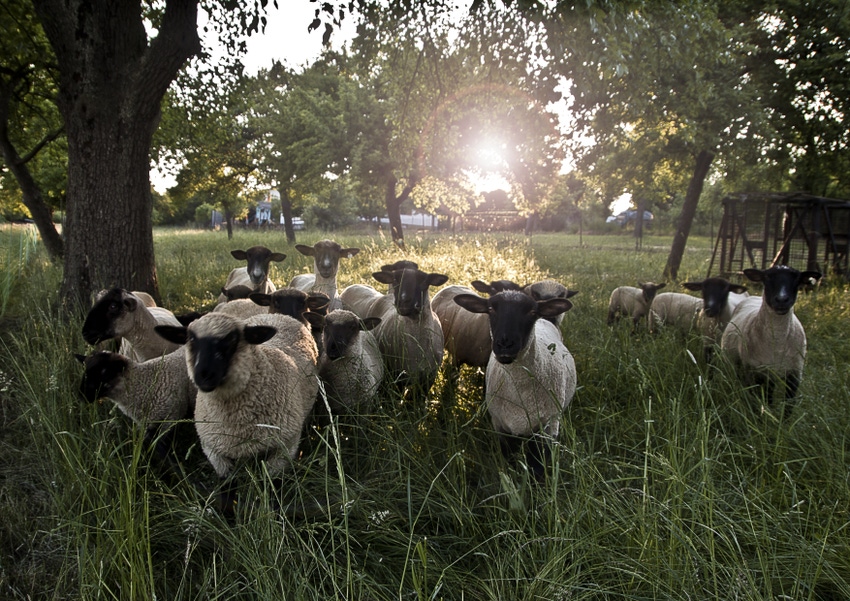High-tannin forages may have therapeutic and preventative effects on gastrointestinal nematode infection in lambs.

High-tannin forages can be used to help mitigate the serious limitations associated with gastrointestinal nematode infections on efficient small ruminant production, according to research recently published in the Journal of Animal Science.
West Virginia University researchers Domingo Mata-Padrino, David Belesky, Crista Crawford, Benjamin Walsh and Scott Bowdridge and Utah State University researcher Jennifer MacAdam conducted an experiment to determine how grazing a nematode-free, established stand of a high-tannin cultivar of birdsfoot trefoil (Lotus corniculatus L.) influenced the prevention or treatment of Haemonchus contortus (Hc) infection in lambs.
In the article abstract, Mata-Padrino et al. said the birdsfoot trefoil-enriched pasture was established on an area that was previously row cropped and not grazed for at least 15 years. Treatments included: preventative with parasite-naive lambs transitioned onto pasture one week prior to receiving an infection of 10,000 Hc larvae, therapy with parasite-naive lambs infected with 10,000 Hc larvae four weeks prior to the start of grazing and a control with naive, uninfected lambs to verify that natural infection did not occur on pasture, the researchers said.
Each treatment group of 12 Suffolk crossbred lambs was divided into three replicates per treatment, and all were supplemented with a grain mix to provide 16% crude protein, Mata-Padrino et al. reported.
Fecal egg count (FEC) in the therapy treatment lambs peaked one week after the start of grazing (9,404 eggs per gram of wet feces) and, after four weeks, fell to 1,068, equivalent to a reduction in FEC of 88.6%, the researchers reported. Preventative treatment lambs had a peak FEC of 4,872 eggs at four weeks after infection, when peak FEC was 48% less in preventative treatment lambs compared to therapy treatment lambs, Mata-Padrino et al. said. Control lambs did not have measurable FEC for the duration of this study.
Packed cell volume (PCV) reflected infection status of the lambs in each group, where control lambs (32%) had the highest (P < 0.05) PCV, followed by therapy (29%) and preventative lambs (26%), the researchers noted. Total weight gained in control lambs was greatest at 5.51 kg (P < 0.01), whereas weight gained in therapy and preventative lambs -- 2.68 kg and 2.97 kg, respectively -- did not differ, according to Mata-Padrino et al.
The researchers concluded that grazing birdsfoot trefoil-enriched pasture can have both therapeutic and preventative effects on Hc infection in lambs and can be used in a systems approach to control gastrointestinal nematode parasites in grazing sheep.
About the Author(s)
You May Also Like



